If you’re like many other adults, you hit the ground running on a typical workday. In addition to getting yourself ready for the long day ahead, you’ve got to get the kids dressed, fed and prepared for school. Next comes the commute to work, an endless stream of back-to-back meetings, discussions of project deadlines, and then the drive home.
Things don’t get any more relaxed after you walk through the doors to what’s supposed to be your peaceful oasis. Now, there’s homework to help your children with, pets to walk and feed, laundry to do and so on.
With so much to do on a given day, it’s no wonder you don’t have time to cook or eat healthy. If you’ve been relying on processed foods for too long, you may have no choice but to slow things down and prioritize developing different eating habits if you’re diagnosed with high cholesterol.
Good vs Bad Cholesterol
That is, you may have to rethink how you eat if your doctor tells you that your level of bad cholesterol is too high. The human body contains cholesterol that makes its way through the bloodstream on lipoproteins.
Two kinds of lipoproteins transport cholesterol through a person’s bloodstream. HDL is shorthand for “high-density lipoprotein,” which is referred to as the good kind of cholesterol. HDL absorbs harmful cholesterol and carries it to your liver which then flushes the cholesterol from your body and lowers your risk for heart disease and stroke.
Unfortunately, low-density lipoprotein or LDL accounts for most of the cholesterol in a typical person’s body. When you have too much LDL making its way through your body, the chances that you’ll suffer from heart disease, high blood pressure or stroke increases dramatically.
Dietary Changes to Reduce LDL Levels
While your doctor may prescribe medicine to lower your bad cholesterol levels, there are a few things you can do on your own. Exercising regularly can help, for example. Changing your diet so that it includes and excludes certain things can help lower your LDL levels even more.
Different foods can help lower LDL levels in different ways. Some foods contain soluble fiber which attaches to cholesterol in your digestive system and forces it out of your body before it reaches your bloodstream, for example. Other foods contain polyunsaturated fats which are direct nemeses to LDL. Still other foods contain plant-based sterols and stanols, things which stop your body from absorbing cholesterol.
By now, you might be thinking you’re going to have to incorporate exotic foods into your diet to even make a dent in your LDL levels, but that’s not the case. LDL-lowering foods are readily available in grocery stores as are foods that will increase your bad cholesterol levels. The key to loading your shopping with the right foods is to know which ones will help or undercut your battle against LDL.
Foods to Avoid
Before we discuss the foods that can help lower your LDL levels, we want to mention the foods it’s wise to avoid. In general, it’s wise to avoid foods that are high in saturated fats, such as baked goods, cookies and crackers.
You should also bypass foods that have too many trans fats, salt and/or sugar. Fried food, frozen pizza, breakfast sandwiches and microwave popcorn are foods that often have a lot of trans fats. If you consume too much salt, it can increase your blood pressure. Canned soup, cold cuts, frozen food and fast food are common items that have a lot of salt.
Consuming too much sugar won’t do your LDL levels – or your waistline – any favors. When it comes to eating and drinking, be mindful of the sugar you’re consuming in everyday things like ketchup, soda and juices.
Foods to Seek Out
Just like avoiding certain foods can help you lower your bad cholesterol, so can consuming others. Here are some foods you should actively seek out during your trips to the grocery store:
- Oats: Oats are a wonderful source of soluble fiber. The current guideline is for a person to consume a minimum of five to 10 grams of soluble fiber per day, and one serving of oatmeal or an oat-based cereal can contain as much as two grams of beneficial fiber.
- Whole grains: Similar to oats, whole grains like barley can add a significant amount of soluble fiber to your daily diet.
- Beans: Beans are loaded with desirable soluble fiber. Available in several forms, such as canned and dried, and in a myriad of varieties, including navy, kidney, lentils and many more, beans are a versatile, tasty food that can be highly effective with helping you combat high cholesterol.
- Nuts: Eating just two ounces of nuts per day can lower your LDL levels by as much as five percent. Whether you prefer peanuts, walnuts, almonds or other kind of nut – go nuts with the nuts to lower your bad cholesterol!
- Produce: Colorful fruits and vegetables are cholesterol-free and low-fat, making them the basis for a good diet regardless of whether or not you’re committed to eating organic. Citrus fruits, strawberries, grapes and apples also contain pectin, which is a beneficial soluble fiber.
- Foods rich in omega-3 fats: Omega-3 fats lower a person’s LDL levels. Fatty, cold-water fish like salmon, tuna and mackerel are potent sources of omega-3 fats.
- Soy: Consuming soybeans and foods made with them, such as tofu or soy milk, can help lower your bad cholesterol. In fact, consuming just 25 grams of soy protein daily can lower your bad cholesterol by an impressive five to six percent.
- Supplements and enriched foods: There are many supplements available in the marketplace that can help you lower your LDL levels by increasing your soluble fiber intake, such as Metamucil. Other products, like certain kinds of margarine, are enriched with plant sterols which will combat cholesterol.
Count on Us to Find Organic Restaurants Near You
As you probably suspect, making a commitment to eating organic has the potential to help you lower your bad cholesterol by facilitating your adoption of a healthy diet. You can count on Organic Restaurants to find organic eateries near you. Look for organic restaurants close to your current location now.
Find restaurants with organic options near you
Search by city or see restaurants close to you.
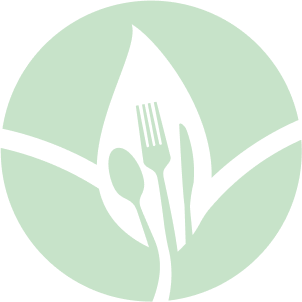

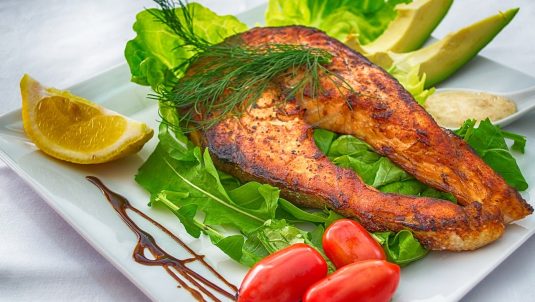
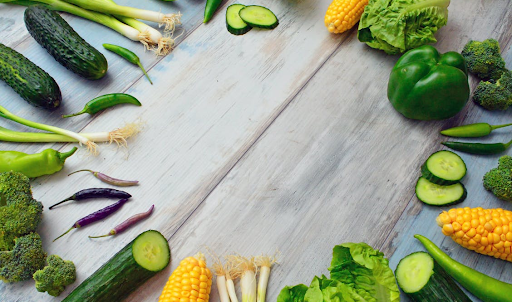
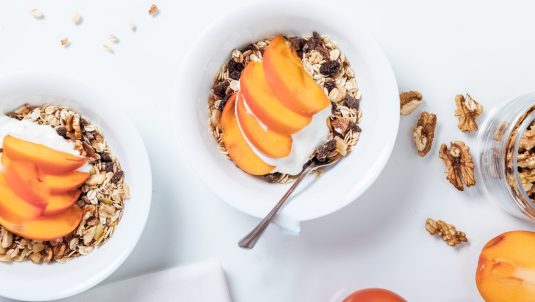
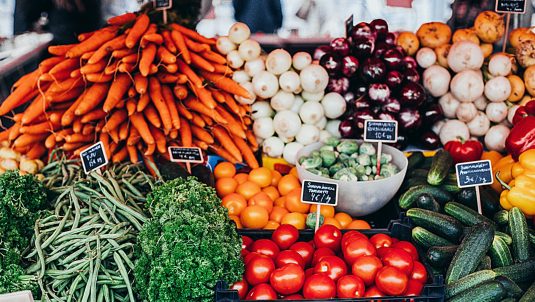
 Sign in with Google
Sign in with Google Sign in with Facebook
Sign in with Facebook